■ The Ideal Synthesizer Chronicle (Continued)
Is the Sequential Take 5 the ideal synthesizer? This is Part II of my exploration.
In the previous entry, I analyzed the ideal synthesizer I had purchased, examining it from aspects such as sound quality, price, and weight. I also touched upon the music of the time when analog synthesizers were first born, producing only monophonic sound.
In 1978, with the release of Sequential Circuits’ Prophet-5, a major leap was made with the ability to produce 5-voice polyphony. Additionally, the Prophet-5 allowed for 40 preset sounds to be stored. These advancements were significant, but the Prophet-5 was priced at 1.7 million yen at the time. Though it became more compact, it still lacked portability due to the weight.
A synthesizer costing 1.7 million yen was out of reach for amateurs—it was enough to buy a car. In this sense, such instruments were still in their developmental stages. Being technology-driven, these instruments still had a long way to go. For amateurs to afford a Prophet-5-like instrument, it would take over 40 more years.
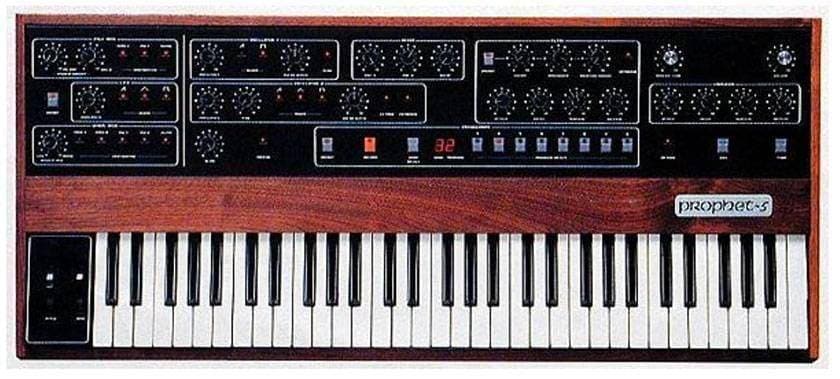
Sequential Circuits Prophet-5
■ The Breakthrough in November 2021!
Until then, no synthesizer had met all the personal criteria I had for sound quality, 5-voice polyphony, price around 200,000 yen, light weight, standard keyboard, and compact size.
However, in late 2021, an exciting piece of news arrived. Sequential was releasing the synthesizer of my dreams. I waited anxiously for its release.
The synthesizer released by Sequential was the Take 5. Its specs were 5-voice polyphony, weight 7.7 kg, 44 keys, and a price of 236,600 yen. The sound quality, being from Sequential, was certain to be excellent. This was the synthesizer I had been waiting for. I started my synthesizer journey in 1977, and over 40 years had passed. I immediately purchased the Take 5 from Sound House.
Sequential Take 5 (236,600 yen)
■ The Most Important Element of a Synthesizer is Its Sound!
The true essence of a synthesizer is that, if music is like painting, a synthesizer is the paint and palette.
A synthesizer is an instrument for adding color to music. The colors you create depend on the instrument you use. Though this is a simplistic view, expensive instruments tend to produce better sounds, while cheaper ones produce more basic tones.
Of course, good music can still be made with inexpensive instruments, but there’s a reason guitarists use Gibson, Fender, or Paul Reed Smith guitars.
The same is true for synthesizers—expensive ones tend to produce better sounds, especially because expensive components like capacitors and DA converters have a greater influence on sound quality.
■ The Top Synthesizer in My Collection
The best synthesizer I have ever purchased was the Oberheim Xpander.
What made it stand out was simply the ‘sound’. It had rich, thick sounds with incredible presence and sustain. The brass sounds, in particular, were overwhelming. The factory preset TOTO Brass was, in a sense, an ideal brass sound. The strings were also thick and present, and the pad sounds were soft, blending seamlessly with other instruments. The sound had a unique thickness that wasn’t found in other polyphonic synths in Japan at the time.
One drawback was that it didn’t come with a keyboard. Without a keyboard, the instrument wasn’t a full-fledged instrument for performance. I had to connect the Xpander to a Roland D-50 (a digital synth) via MIDI to get sound.
Because the Xpander was just a sound source, my attachment to it was different from a keyboard-equipped synthesizer. When rehearsing with a band, I brought the Yamaha DX7-II, Roland D-50, and the Xpander into the studio. With three instruments, setting up took a while, but sonically, it was my ideal setup.
Though there was a more expensive version, the Matrix-12 with a keyboard, which had two Xpander units, it was priced at around 1 million yen, large, and heavy, so I gave up on it. Even now, many enthusiasts, like Tatsuro Yamashita and Abedon of Unicorn, still admire it.
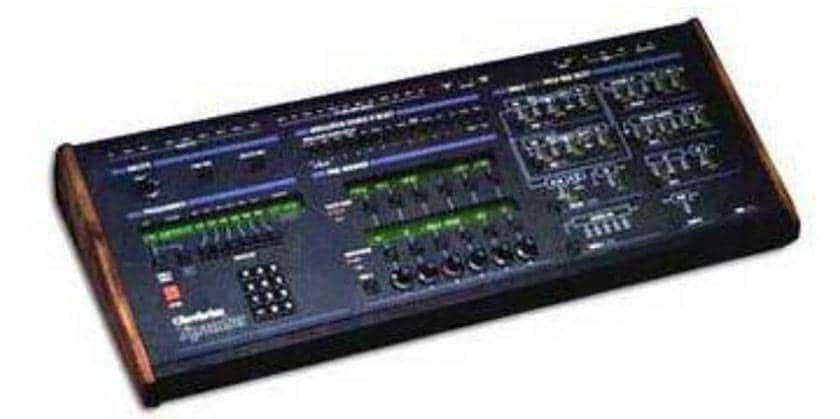
Oberheim Xpander (6-Voice Polyphonic)
■ How Does the Take 5 Sound?
Now, let’s get to the most important part—the sound of the Take 5. Until now, I had never owned a Sequential synthesizer. Though I had heard the Prophet-5’s sound in professional live performances and CDs, I never truly understood it.
Upon trying the Take 5, I was amazed. Compared to the Oberheim, it wasn’t quite as thick, but it had a different quality with sustained, present, and sufficiently thick sound.
Since it comes with a 44-key keyboard, it has a greater sense of intimacy than the Xpander. It also includes built-in effects that the Xpander and Prophet-5 don’t have. With modulation and pitch bend wheels located above the keyboard, the synth itself is relatively compact. Unlike cheap synthesizers that rely on AC adapters, the Take 5 has proper power management. It’s easy to create sounds using the knobs on the synth panel without diving deep into layers of parameters, like in digital synthesizers.
You can easily program brass sounds, string sounds, and pad sounds that are similar to those found in Oberheim.
My greatest satisfaction with the Take 5 is its sound quality! After over 40 years, I’ve finally found my ideal synthesizer! (^^)V
Though this is a very personal synthesizer review, I believe the Take 5 is one of the pinnacle achievements of analog synthesizers. I can confidently recommend it to everyone.
Once I’ve further explored sound design and built up some techniques with the Take 5, I’ll write another report.
Sequential Take 5
*Prices as of April 2022
The “sound & person” column is made up of contributions from you.
For details about contributing, click here.





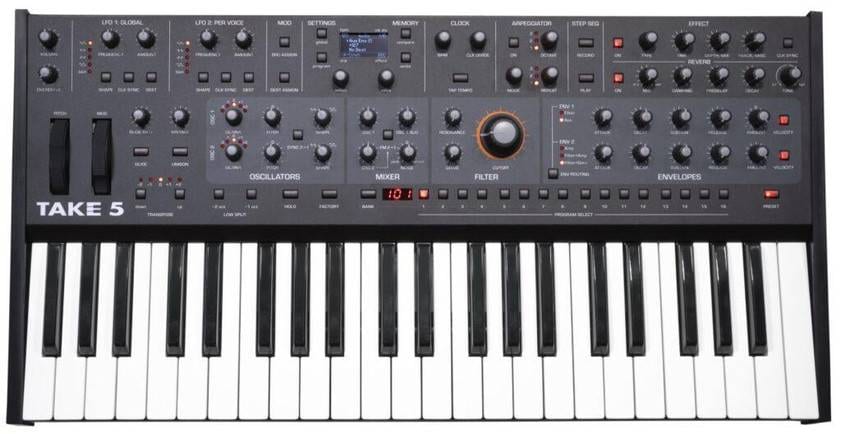
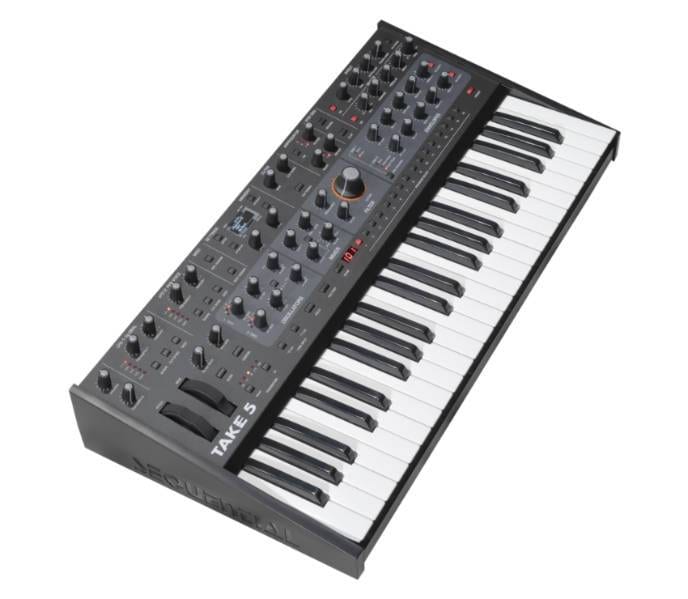

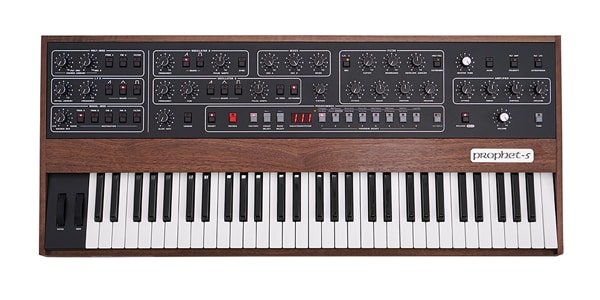
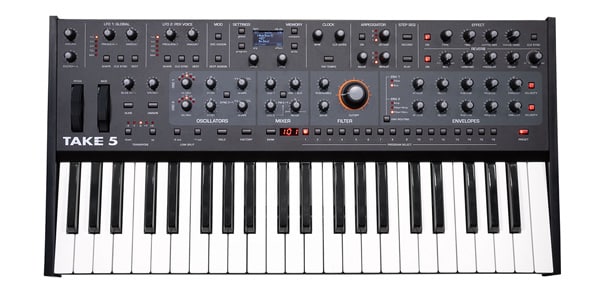





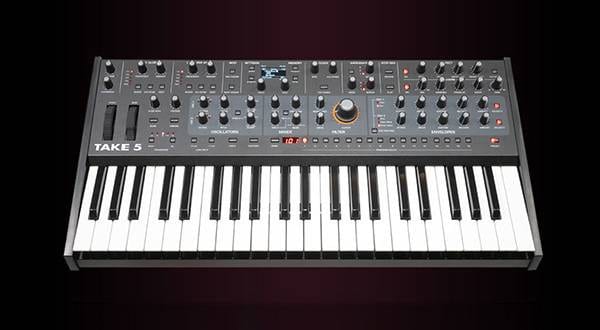
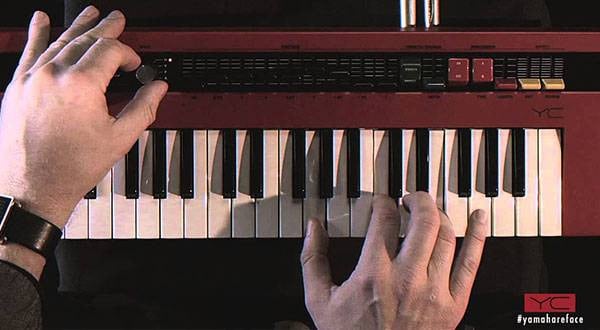

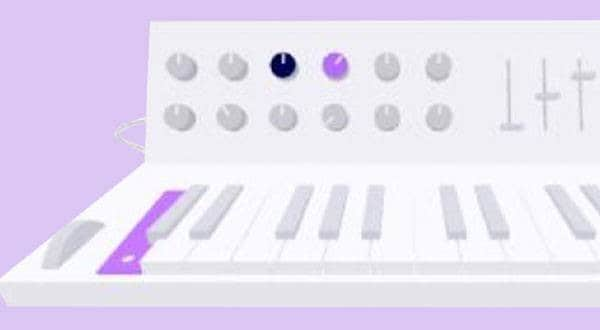
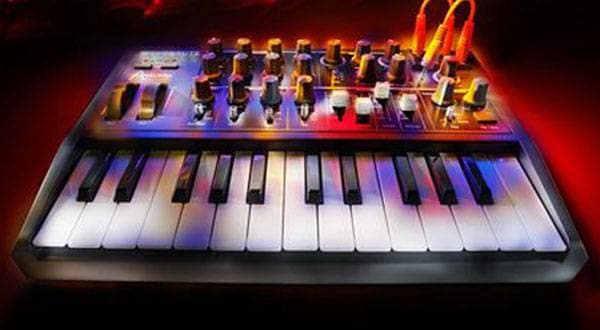
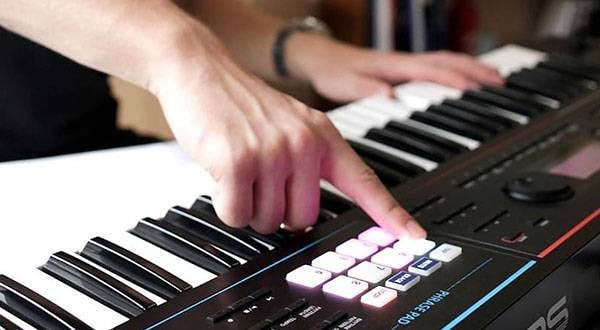
 YAMAHA YC61 特集
YAMAHA YC61 特集
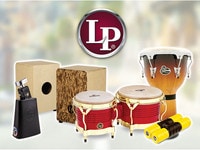 LP パーカッション
LP パーカッション
 超オススメのフレーズ道場 キーボード
超オススメのフレーズ道場 キーボード
 自分にあったピアノを選ぼう!役立つピアノ用語集
自分にあったピアノを選ぼう!役立つピアノ用語集
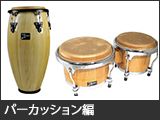 パーカッション編
パーカッション編
 キーボードスタートガイド
キーボードスタートガイド















